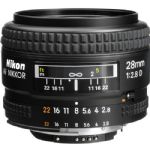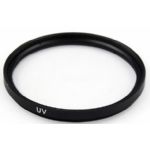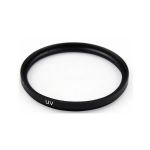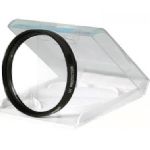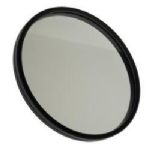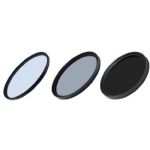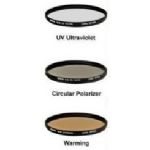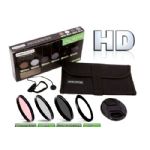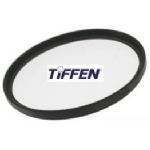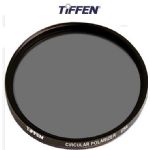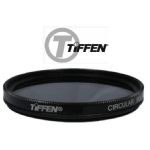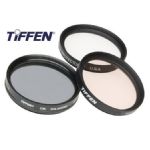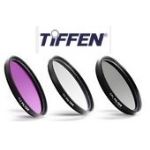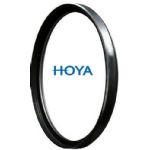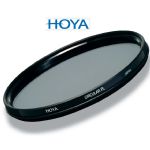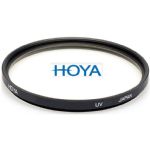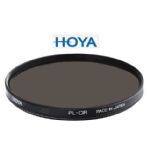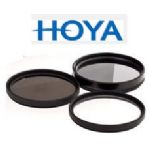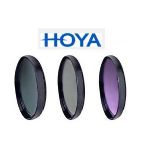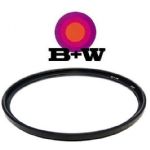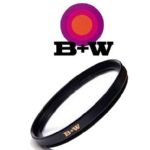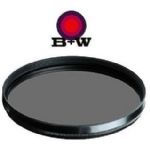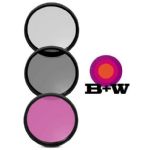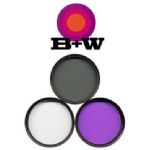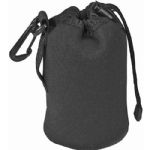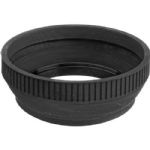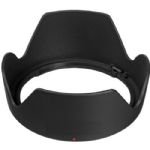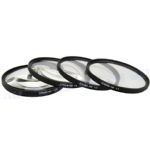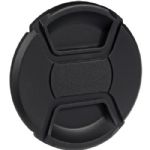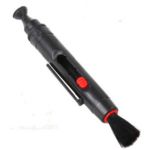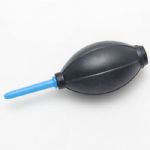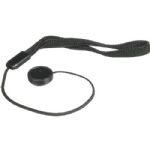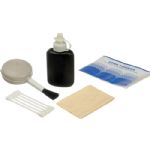The 24mm ƒ/2.8 AF was originally marketed in 1986, with a thin plastic focus ring; subsequent versions were released in 1991 (AF-N, using the newer rubber focus ring) and 1994 (the current AF-D version, which sends distance information to the camera). The model we've tested is actually the AF-N version, but the optical formula remains unchanged between all three versions.
The 24mm ƒ/2.8 was designed to work with film cameras, and is compatible with sub- and full-frame Nikon digital SLR camera bodies. The lens uses a mechanical screw drive to focus, powered by the camera body, so it won't autofocus on entry-level Nikon dSLR cameras (at time of writing, D40, D40x, D60, D3000 and D5000). The effective field of view on these and other DX-sensor based cameras is 42mm.
For a lens design that is over twenty years old, the 24mm ƒ/2.8 stands up quite well in our testing. Mounted on the subframe D200 and used wide open at ƒ/2.8, corner softness is significant (3-4 blur units) but there is a generous sweet spot of sharpness in the center of the image, at around 1.5 blur units. Stopping down improves sharpness results significantly; at ƒ/4, the corners become much less soft, at around 2 blur units, and the sweet spot of sharpness extends much further to the corners. Central sharpness improves slightly as well, ranging between 1-1.5 blur units. There's not much additional improvement stopping down further, and by ƒ/16 diffraction limiting has set in. At this aperture we note approximately 2 blur units across the frame. At ƒ/22, it's around 3 blur units across the frame.


